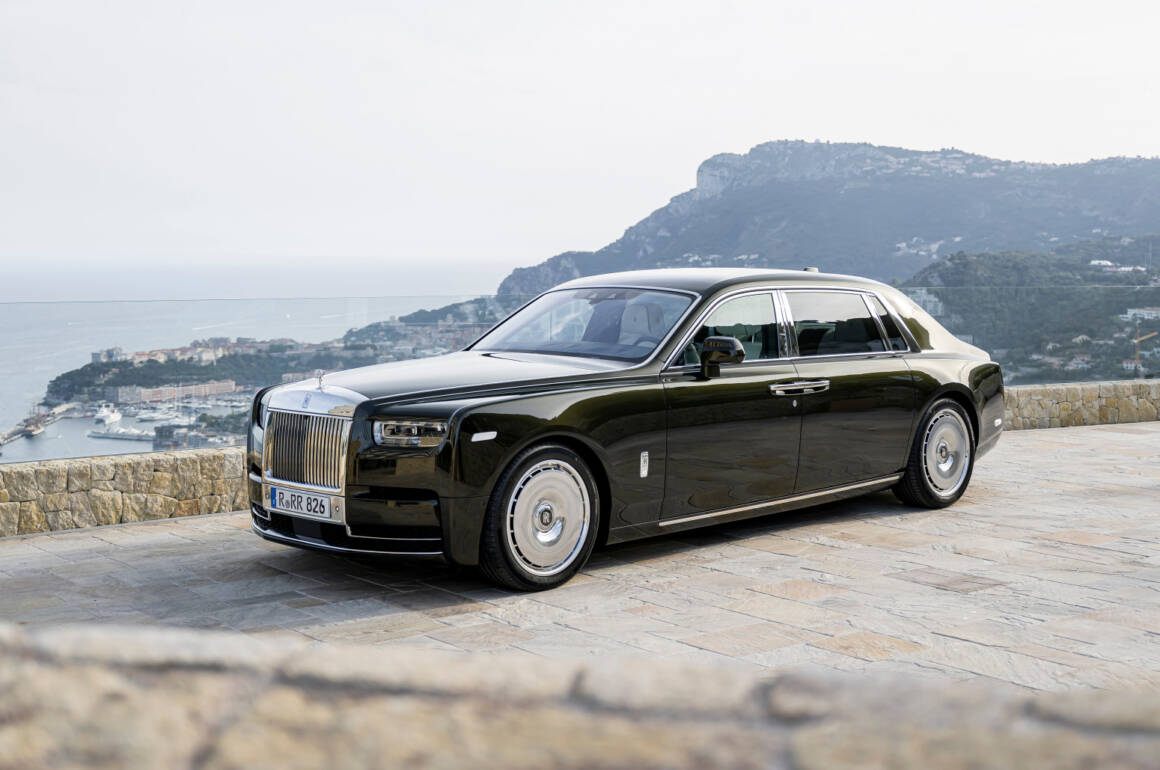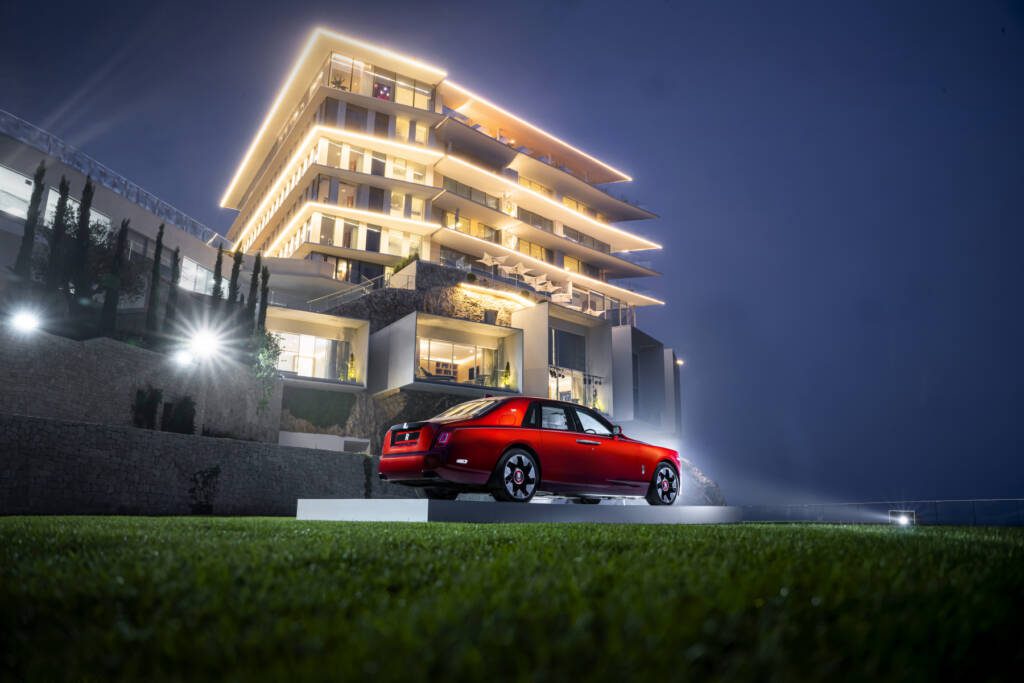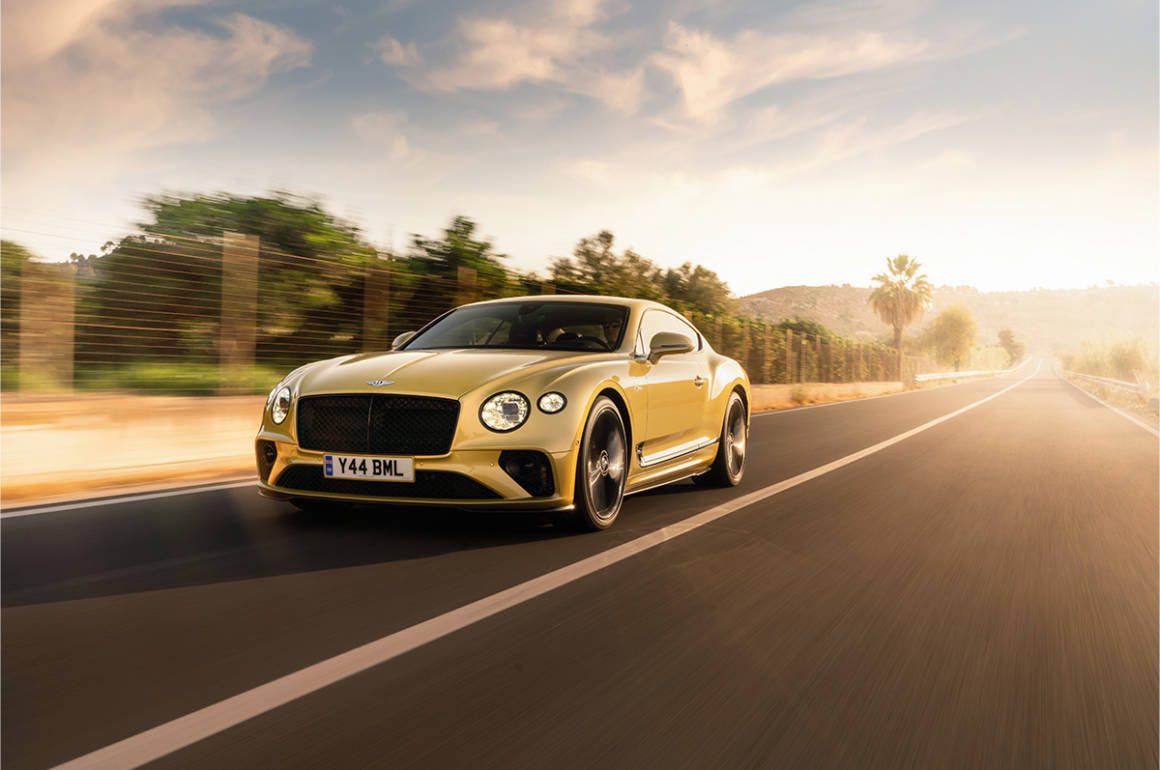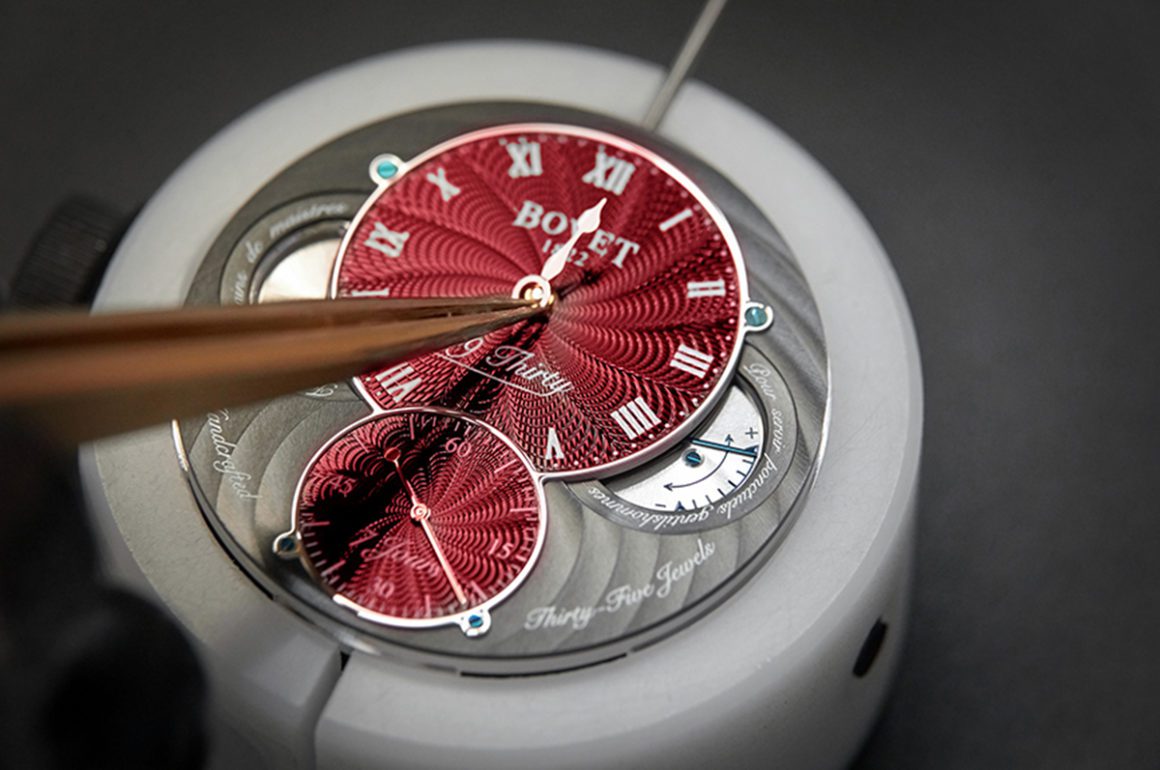
The original Cullinan, launched in 2018, was the world’s first super-luxury SUV. The new Cullinan Series II adapts to changes in codes of luxury
More than half a decade after the launch of Rolls-Royce’s original Cullinan, the Cullinan Series II has unveiled in Ibiza. Codes of luxury have changed. And so has the model’s design, engine and character. Fabienne Amez-Droz takes a spin
Think a cross between a sky-scraper, a boat, and a (strangely civilised) wild boar. The Cullinan Series II is an animal with all the hallmarks of a Rolls-Royce classic. It flaunts a handsome large snout, crisp edges and clean geometry. Its muscles, though lean, seem somehow monolithic.

When Cullinan was first launched, less than 70% were self-driven: today, almost every Cullinan is driven by its owner
A versatile 6.75 litre V12 engine provides agility. While it could handle Ibiza’s coastal roads and narrow village streets with ease, it was unable to begin to flex its muscles, under the tame Ibiza sun. It’s wilder capabilities include off-road handling, equal to the most dangerous and hostile environments. I couldn’t say I was complaining.

The bumper lines form a shallow ‘V’ from the lowest point of the daytime running lights to the motor car’s centre point, recalling the sharp bow lines of modern sports yachts
Calmer drives between lunches and dinners, across the island and from the Six Senses Hotel, to a private dinner hosted by the Rolls-Royce team in the villa of the six senses owner, were more to my preference. As was the coastal path to Casa Jondal, the beachside restaurant serving laid-back luxury not dissimilar to the backseat of a Cullinan Series II. Naturally, a bottle of champagne, out of the champagne compartment, pairing perfectly with view of the horizon.

Reflecting clients’ desires for bolder forms of self-expression, new decoration and detail have been added throughout the interior of Cullinan Series II
But let’s hop from the backseat to the front. Codes of luxury have changed. People are starting to drive their own cars. Back in 2018, at the launch of the first Cullinan, less than 70% were self-driven; today less than 10% of clients retain the services of a chauffeur, and the average age of Rolls-Royce clients has dropped from 56 in 2010 to 43 today. And the Cullinan Series II reflects this. As Anders Warming, Director of Design for Rolls-Royce Motor Cars, the ‘statement and flourish’ built in this second series is undeniable.

Adapting to the desire of many clients to escape into nature, the interior is comprised of a palette inspired by botanicals. Cullinan Series II introduces Grey Stained Ash, a richly grained natural open-pore wood with a light shimmer
Flourish is the word. A pattern on them – reportedly evoking clouds – is suggestive, too, of something hovering between Japanese ink drawing, khaki, botanicals and cartography. Quite a range, but then so are Rolls-Royce’s design inspirations, from nautical to architectural matter. Oh, and with 107,000 individual perforations into the leather to create them, because why not?
This is a modern-vintage nexus that Rolls-Royce has harnessed for its newfound younger generation of customers. See its classically geometrical, Art-Deco style wheels, for instance: one feels one might just see Jay Gatsby through the rear-view mirror, but then spot Daniel Craig in the side-view one.

The new Spirit of Ecstasy Clock Cabinet is set inside a vitrine that displays both an analogue timepiece and an up-lit Spirit of Ecstasy figurine. The figurine is constructed from solid stainless steel and placed on her own stage with a matte black back panel
If craft is all the rage at the moment, Rolls-Royce are not new to the game. After four years of development, Rolls-Royce’s trademark Spirit of Ecstasy sits not only on its bonnet but inside the car, lit up and enhanced. And it even shapeshifts to become a technological item – ‘SPIRIT’ – a digital interface linking to a private members app, Whispers. The minds of analogue and digital craftspeople are meticulously stitched together, unsurprisingly well. And at the unsurprising price of not far off half a million pounds. Why compromise on craft?
Read more: Rolls-Royce launches new Boat Tail at Lake Como
Fitting it is to have unveiled this car at the Six Senses hotel – aptly-named in relation to a car with the instinct and power of a wild boar, and the grace of a mercurial, siren-like Spirit of Ecstasy. To borrow the CEO’s phrase, let ‘magic carpet ride’ begin.




























Recent Comments